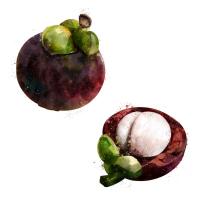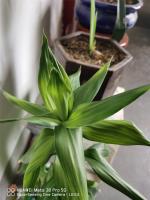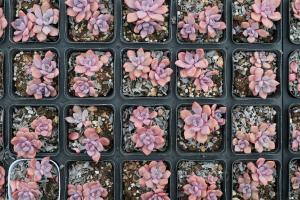Do Plants Convert Water to Oxygen or CO2?
Plants are often considered a primary source of oxygen, but do they convert water to oxygen or CO2? To answer this question, we need to understand the process of photosynthesis.
What is photosynthesis?
Photosynthesis is the process by which plants, algae, and some bacteria convert light energy into chemical energy. This process occurs in the chloroplast of the plant cell, which contains the pigment chlorophyll. Photosynthesis can be divided into two stages: light-dependent reactions and light-independent reactions.
Light-dependent reactions
Light-dependent reactions occur in the thylakoid membrane of the chloroplast. The energy from sunlight is absorbed by chlorophyll, which converts it into chemical energy. This chemical energy is used to generate ATP (adenosine triphosphate) and NADPH (nicotinamide adenine dinucleotide phosphate), which are used in the second stage of photosynthesis.
Light-independent reactions
Light-independent reactions occur in the stroma of the chloroplast. In this stage, ATP and NADPH generated in the light-dependent reactions are used to convert CO2 into glucose. This process is also known as the Calvin cycle. It is important to note that water is not used during light-independent reactions.
The role of water in photosynthesis
Although water is not used during light-independent reactions, it plays a crucial role in photosynthesis. During the light-dependent reactions, water is split into oxygen, hydrogen ions, and electrons. Oxygen is released into the atmosphere, while hydrogen ions and electrons are used to generate ATP and NADPH.
Conclusion
In conclusion, plants do not convert water to CO2 during photosynthesis. Instead, water is split into oxygen, hydrogen ions, and electrons during the light-dependent reactions. The oxygen released into the atmosphere is the source of the majority of the Earth's oxygen. Thus, plants are indeed a primary source of oxygen, but they do not convert water to CO2 in the process.

 how many times do yo...
how many times do yo... how many planted tre...
how many planted tre... how many pine trees ...
how many pine trees ... how many pecan trees...
how many pecan trees... how many plants comp...
how many plants comp... how many plants can ...
how many plants can ... how many plants and ...
how many plants and ... how many pepper plan...
how many pepper plan...
































